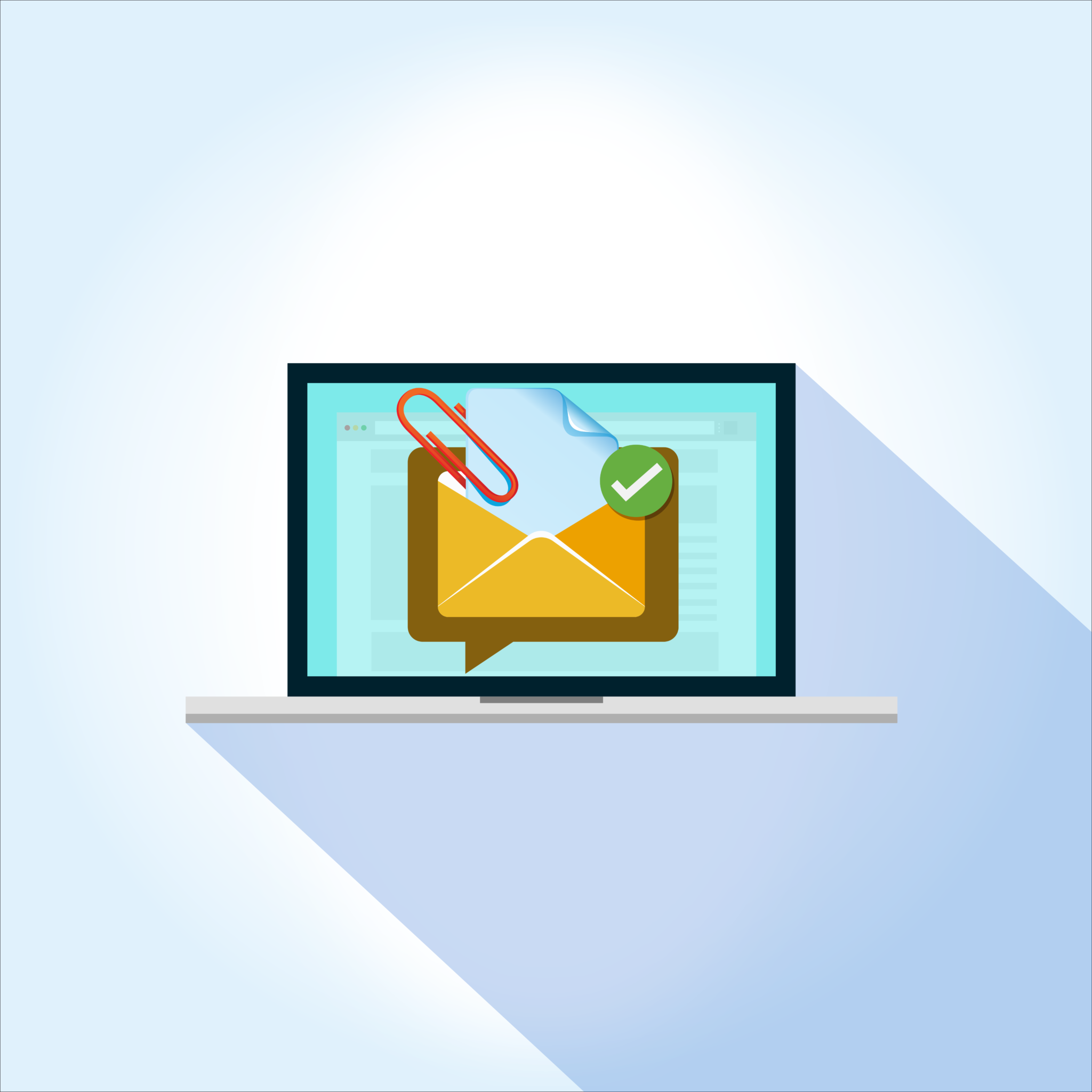Emails are one of the most popular and convenient ways to communicate. However, it is also a primary way for cybercriminals to gain access to your personal data and harm your device’s security. Email attachments, in particular, can be dangerous and pose a significant threat to you.
That’s why it’s essential to be cautious and carefully check email attachments before opening them. Before we uncover the simple steps you can take, let’s explore why to email attachments can be dangerous.
Why are email attachments dangerous?
Email attachments can contain viruses, malware, or other harmful software that can compromise your device’s security and your personal information. Cybercriminals can disguise these attachments to look legitimate, making them difficult to identify. Once you open a malicious attachment, it can install malware on your device, giving cybercriminals access to your data.
Which email attachments are generally safe to open?
In general, email attachments that come from known and trusted sources are generally safe to open. For example, attachments from friends, family, or work colleagues are less likely to contain harmful software.
Which attachments are less safe to open?
Email attachments that are unsolicited or unexpected, especially from unknown senders, are generally less safe to open. Attachments with file extensions such as .exe, .bat, .pif, .com, .vbs, or .scr are also less safe to open.
Here are some tips for checking email attachments for safety:
- Be wary of unexpected attachments: If you receive an email from an unknown sender or an unexpected sender with an attachment, do not open it immediately. Verify the sender’s identity and the legitimacy of the attachment before opening it.
- Never open suspicious attachments: If you receive an email from an unknown sender or an unexpected sender with an attachment, do not open it immediately.
- Don’t open attachments marked as spam: Most email providers automatically filter spam emails into separate folders. If you find an attachment in your spam folder, do not open it.
- Check the file extension: Malicious attachments often have file extensions that are commonly associated with executable files such as .exe, .bat, .pif, .com, .vbs, or .scr. If an attachment has one of these extensions, be cautious before opening it.
- Scan the attachment with antivirus software: Before opening any attachment, scan it with anti-virus software to ensure that it is safe. Most anti-virus software allows you to scan individual files and attachments.
- Use online scanning tools: Online scanning tools like VirusTotal can help you check the safety of an attachment. Simply upload the file to the website, and it will be scanned by multiple anti-virus programs.
- Use secure file sharing: If you need to send large files, use a secure file-sharing service to prevent unauthorised access to your files.
- Don’t enable Macros in documents: Macros are small programs that can be embedded in documents, such as Word or Excel files. Malicious macros can be used to execute harmful code on your computer. Avoid enabling macros unless you trust the source of the document.
- Be cautious of password-protected attachments: Password-protected attachments may be used to conceal malware or other malicious software. Be sure to verify the sender’s identity and the legitimacy of the attachment before opening it.
- Use secure email services: Secure email services, such as Siccura Mail uses end-to-end encryption to protect your emails and attachments. Your emails are secure from the moment they leave your device until they reach the recipient’s inbox. This ensures that only you and your intended recipient can read the contents of your email. Additionally, Siccura Mail uses military-grade security to lock down your attachments, keeping them safe from unauthorized access. With Siccura Mail, you can trust that your emails and attachments are always kept private and secure.
With the number of emails exchanged on a daily basis, the vulnerabilities to your emails will continue to grow. However, there are simple signs and steps you can take to ensure your emails are safe and secure from threats. So the next time you receive an email attachment, take a moment to pause and make sure it’s legitimate before opening it. Your data, your privacy and your security are worth the extra effort!
